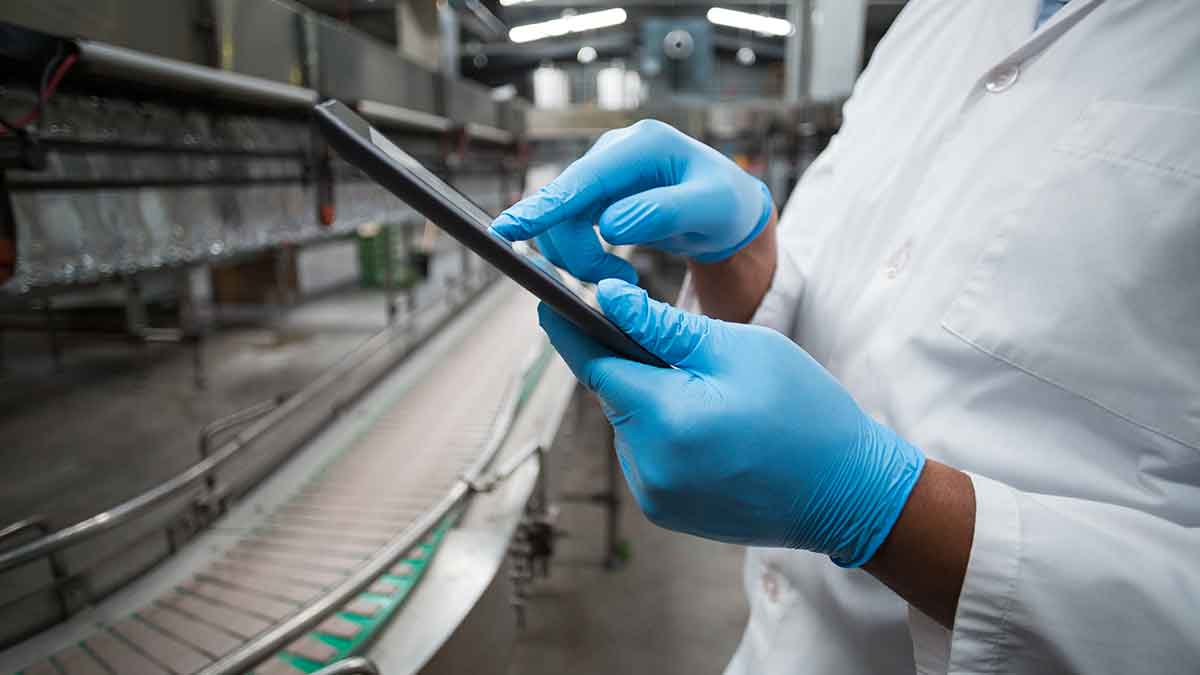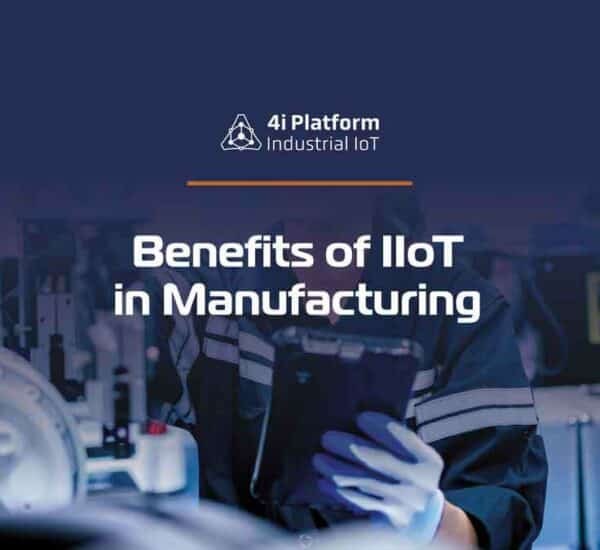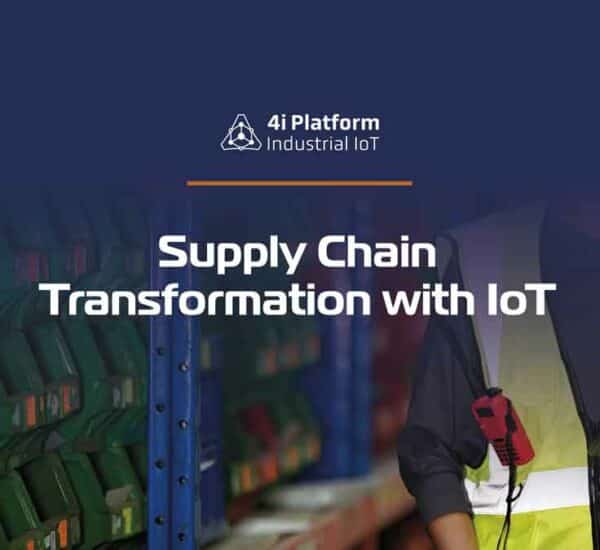Advanced technologies like AI (artificial intelligence), machine learning and the Internet of Things are rapidly changing the manufacturing industry, since this digital transformation has greatly improved product quality and decreased machine downtime. Also, automation and the Industrial Internet of Things (IIoT) are key components of this transformation.
With its distinct features, the Industrial Internet of Things (IIoT) is disrupting industrial applications. Through real-time monitoring of assets, processes, and workers, it significantly improves the efficiency and workflows in factories. Therefore, industrialists can use IIoT to help improve the industry by leveraging many of its opportunities.
These are some of the primary opportunities:
- Factory automation
- Process optimization
- Smart manufacturing
- Performance monitoring
Industry 4.0
Industry 4.0, the next industrial revolution, aims to make the industry smarter through interconnectivity, automation, and real-time data exchange. This industry is completely customer centric. This requires manufacturers to make extra efforts to provide exceptional customer experiences and services.
Industry 4.0 is customer centric bacause it covers product visioning and sales, manufacturing, assembly, and service management. IoT facilitates this process by giving the owner the ability to keep up with customer’s constantly changing needs and expectations.
Industry 4.0 Is A Major Development of IoT
The IoT has enabled industry 4.0 to evolve at a lightning speed. Everything is connected in a single network and operations are almost entirely automated. Besides, the ability to monitor real-time data in real time improves decision-making.
Predictability also helps reduce the likelihood of future hazards and helps manage the assets for future productivity. These are the main stages of industry 4.0 and IoT evolution.
- Connecting things
- Generating insight
- Optimizing operations and processes
- Innovating
The main goal of IoT is to make everything smarter, regardless of whether it is a home, building, factory, or healthcare facility. Industry 4.0, on the other side, consists of cybersecurity and augmented reality as well as autonomous robots, digital twins, cloud computing, big data and connected devices.
The primary intersection point between industry 4.0/IoT is connected devices, smart factory grid, heavy machinery, and other technologies. IoT is moving towards manufacturing excellence, playing an integral role in all industrial activities and improving them exceptionally. IoT is the perfect technology for industries because it easily generates valuable results by combining operational technology with information technology.
Benefits of IIoT
Efficiency Increases
IoT has many benefits, including efficiency enhancement. For example, it can improve operational efficiency and optimize industrial processes. It can also automate, which increases productivity and streamlines factories’ operations. With IIoT, it is possible to monitor the performance of manufacturing assets and modify them to meet the requirements.
Predictive Maintenance and IIoT
Asset performance and workability are major factors in industrial productivity. For instance, IoT implementation allows process managers to predict and respond to asset workability to ensure that there is no significant impact on productivity or operations.
IoT sensors installed in factory assets monitor their performance and alert the manager if a fault is detected. These errors are corrected as soon as possible to prevent huge losses.
Real-time Data Monitoring
Monitoring the performance and real-time functioning of assets is possible. This allows for the necessary changes to be made in order to increase productivity and quality. Also, real-time monitoring of data is a great tool for decision-making and helps to improve factory operations efficiency.
Help Lowers Costs
IoT’s predictive maintenance and real-time data monitoring capabilities contribute to significant cost reduction. The machinery can operate autonomously without the assistance of humans, making it smarter. Therefore, lowering human intervention automatically lowers errors, which in turn reduces costs.





